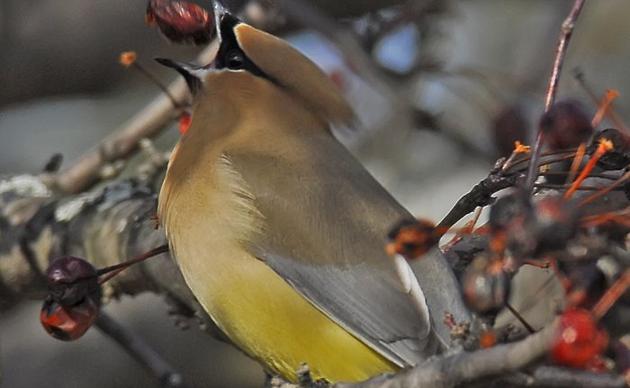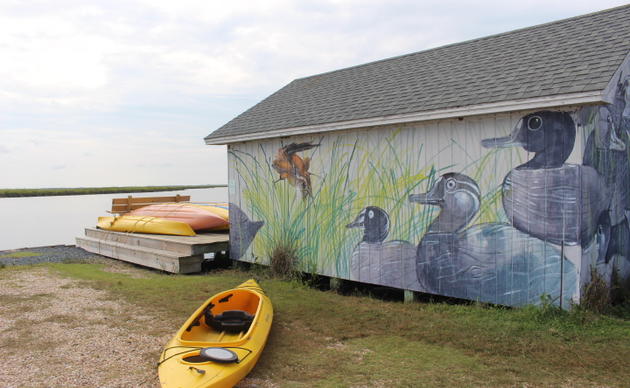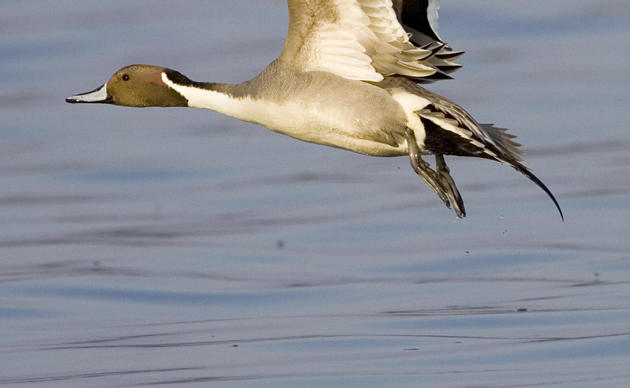The Donal C. O’Brien, Jr. Sanctuary provides a safe refuge for a wide range of birds including many on Audubon’s priority species list. As one of the top 2% of climate strongholds for birds over the next century, the Audubon Sanctuary in Corolla is currently developing and testing many conservation and land management programs to preserve and protect the priority species that will continue to rely on the Sanctuary and its resources in the wake of sea level rise.
What is a priority species?
A priority species is one that is particularly threatened in terms of the species' long-term survival. All priority species have been selected through rigorous scientific analysis, and most represent a broad array of other birds and wildlife that use the same habitat type. Conservation methods focused on priority species are almost always focused on priority habitats as well.
The Audubon team has identified a list of target bird species to guide our conservation efforts at the Sanctuary.
- American Black Duck
- Black Rail
- Black Skimmer*
- Brown-headed Nuthatch*
- Chuck-wills Widow
- Clapper Rail
- Common Tern*
- Great Egret
- Green-winged Teal
- King Rail
- Least Bittern
- Least Tern*
- Little Blue Heron
- Northern Pintail
- Prothonotary Warbler*
- Saltmarsh Sparrow*
- Sanderling*
- Seaside Sparrow*
- Semipalmated Sandpiper*
- Snowy Egret
- Tricolored Heron
- Tundra Swan
- Western sandpiper*
- White Ibis
- Wood Thrush*
*Bird species that are included in the Audubon North Carolina Conservation Plan
Click here for a complete list of Audubon's priority-bird species. For a list of other species Audubon North Carolina programs are working to protect, see below.
How you can help, right now
Stay in Touch with Pine Island
Learn about the bird conservation research taking place at Pine Island and find nature-focused events happening at this Important Bird Area along the Outer Banks in our periodic eBulletin.
Kayak Sign-up
Click Orange Button to register for Guided Kayak Programs
Protect the Sanctuary
Every donation will be used to protect the 6,000 acres of marsh complex within the sanctuary and the wildlife it supports.




